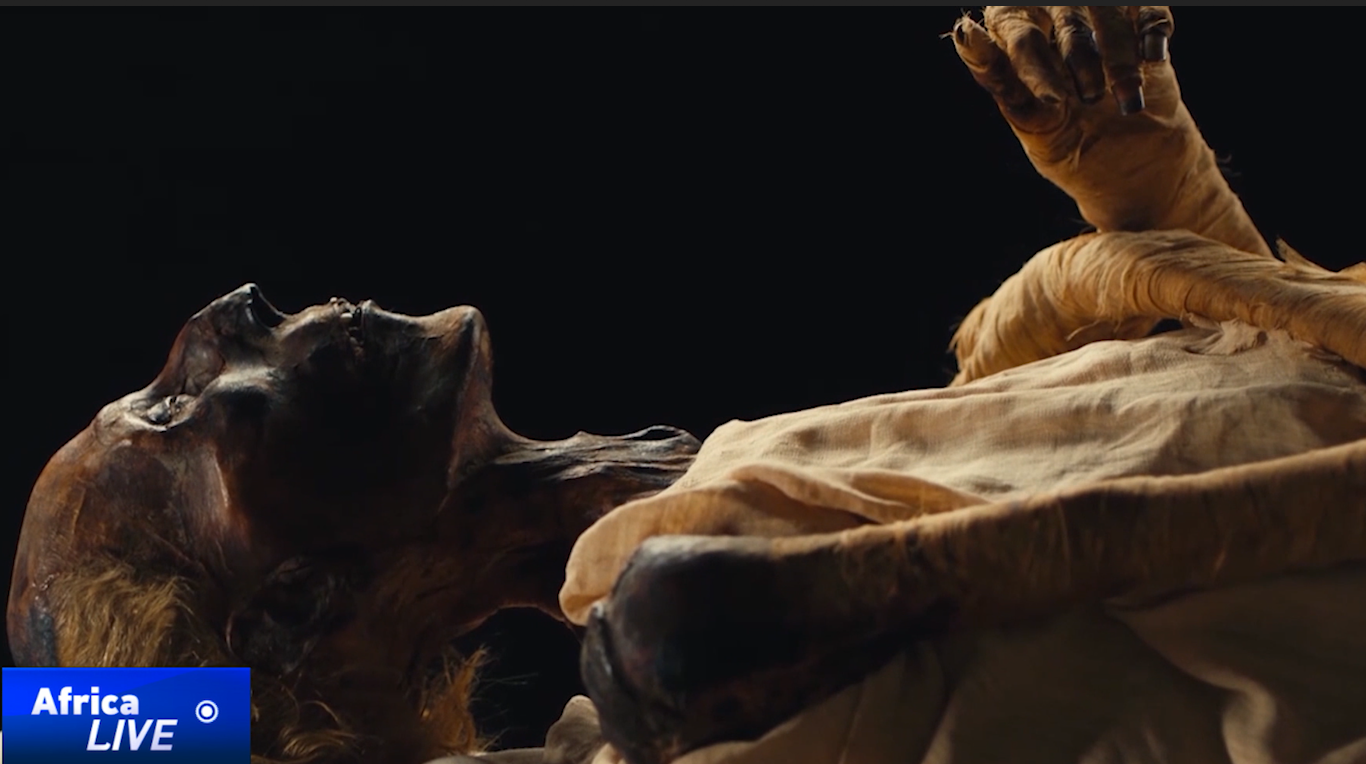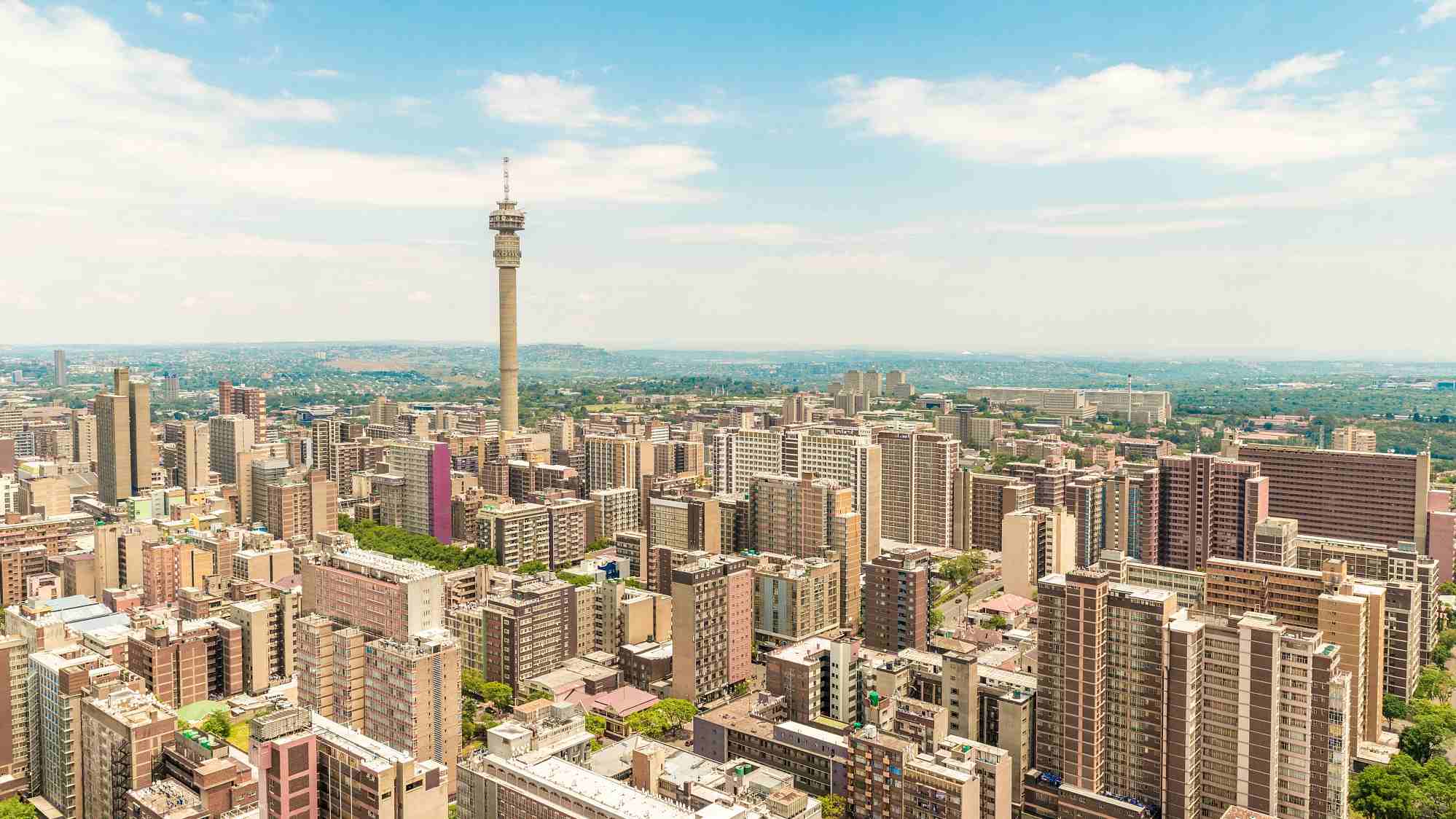Saving coral reefs in coastal Kenya

Coral reefs contain the most diverse ecosystems on the planet. They’re crucial for fish reproduction and protecting shorelines from tropical storms. According to data from Oceans Alive, they are the world’s most threatened ecosystems.
And that’s why the Kuruwitu community in coastal Kenya is doing what it can to help the corals regenerate.
Lead conservationist Katana Ngala was born and bred in this region.

He says fishing was the main activity in this region until they realized the dwindling stocks of fish as the years went by, forcing them to raise the alarm.
“Before we would get numerous fish, but after a while, we noticed the stock was reducing. We first thought it was fishermen from outside who would come with different fishing gear and equipment that would harm the fish”.
In 2003, as a community, they decided to lock the area and asked all the fishermen to stay away from the region, which was later to be dubbed as a marine protected area, locally referred to as the ‘Tengefu’ in Swahili.
Together with Oceans Alive Kenya, the community came up with artificial reef structures.

It’s a garden stacked with blocks of cement well arranged, a process that begins on the mainland. They also make metal beds that are transplanted to the ocean floor.

These artificial structures can serve as substrates for coral settlement and growth, providing habitat and support for coral colonies.

Every morning, Katana sets out to tend to this garden.
“When it comes to cleaning the garden, we have a format, whereby we need to go every day because we have 35 tables inside the ocean, and among them 14 tables are nurseries. Without cleaning there are things that will grow on the surface putting the coral at risk”, Katana says.

The 30-hectare ‘Tengefu’ was set up in 2003, and 20 years on, the area has made a remarkable recovery.
“People do pay to visit the Tengefu (marine protected area) and that income filters down to the community. As for the fish life, you need to fish outside and inside the tengefu and you can tell that there are more fish, larger fish and there are more species of fish”, according to coral reef biologist, Shakil Visram.
Dickson Juma manages the Kuruwitu conservation area and he says that pollution is the greatest hindrance to ocean conservation.
“We have to look at how we can put off pollution and look more on how we can save our marine environments.”
The implementation of the artificial reefs hasn’t come without challenges.
“The biggest challenge is for the community to understand why it’s important to be doing this, because obviously when you ask someone not to fish inside of a protected area they are going to wonder why you are taking away their livelihood”, Shakil Visram says
“The inner reef is quite hammered from overfishing and from climate change effects and if we can get communities to get involved in coral gardening across the seashores then we will be connecting these habitats and it would lift up the biodiversity”, according to Visram.





